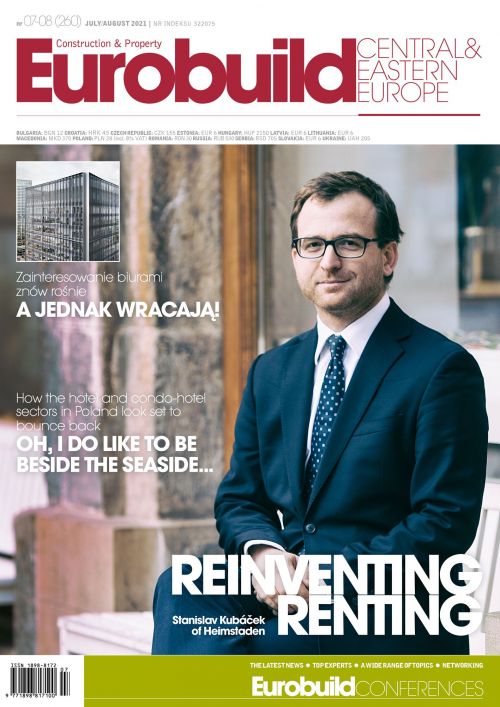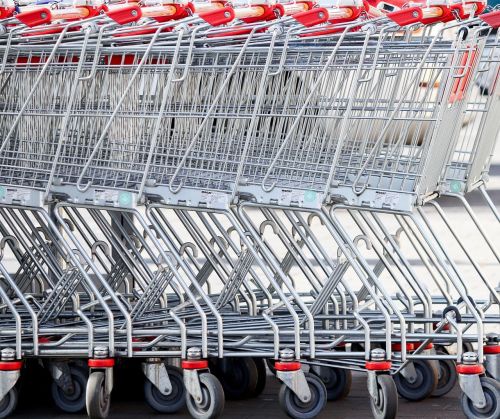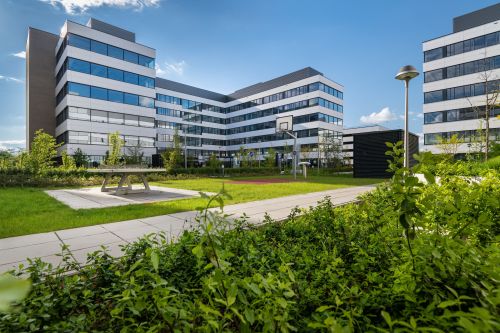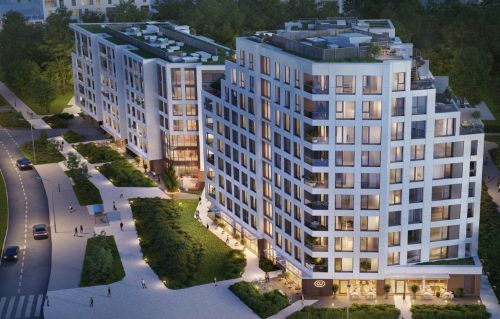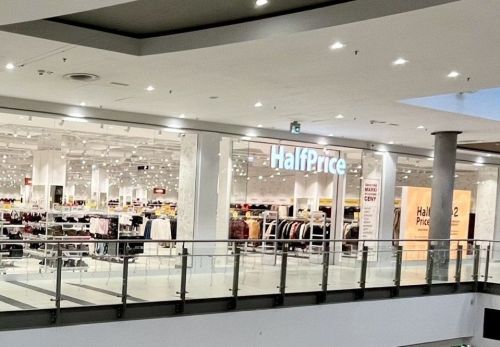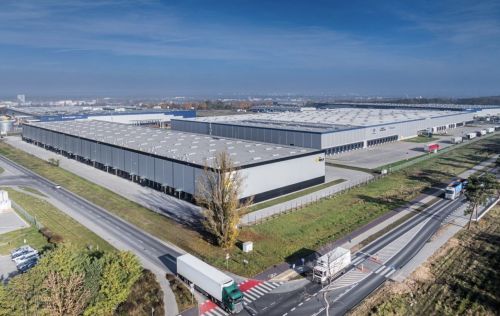How surprised are you that outlet centres have turned out to be more resilient to the pandemic than normal shopping centres?
Thomas Reichenauer, the managing director and co-founder of ROS Retail Outlet Shopping: We actually saw that outlet centres were a more stable business than normal shopping centres much earlier, during the financial crisis of 2008. Shoppers return to such centres more quickly and spend more money. The concept of the outlet centre – of a wide range of popular and well-known branded goods offered at prices that are always discounted – perfectly suits the current situation as well as changing consumer behaviour. Shoppers are still looking for premium brands, but not necessarily those from the latest collections, and they are also interested in low prices. Such preferences fit in perfectly with the outlet centre concept. Over the last few months we’ve been having to open and then close our centres, which are located from Portugal to Hungary. Now, a
























